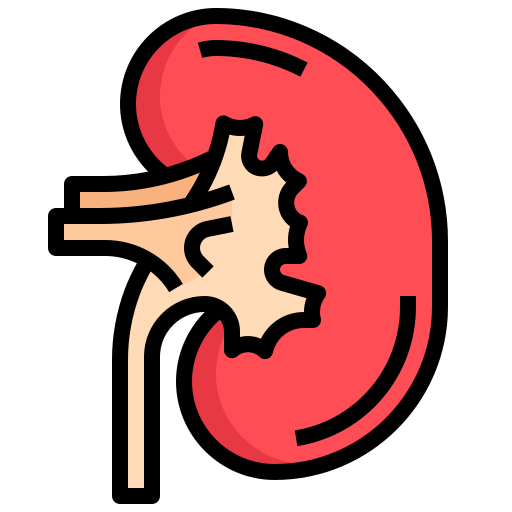
Dr Mayank Bhandari and Dr Marwan Idrees provide services for insertion of Peritoneal dialysis catheter. A peritoneal dialysis catheter is a soft plastic tube that is inserted surgically into the abdomen for dialysis. Our Surgeons perform this procedure via key-hole surgery (laparoscopy). It can be a day or overnight stay procedure.
Dialysis is a treatment that is required when patients own kidneys are not functioning. Dialysis helps in removing waste, salt and extra water to prevent them from building up in the body. It also helps in controlling blood pressure.
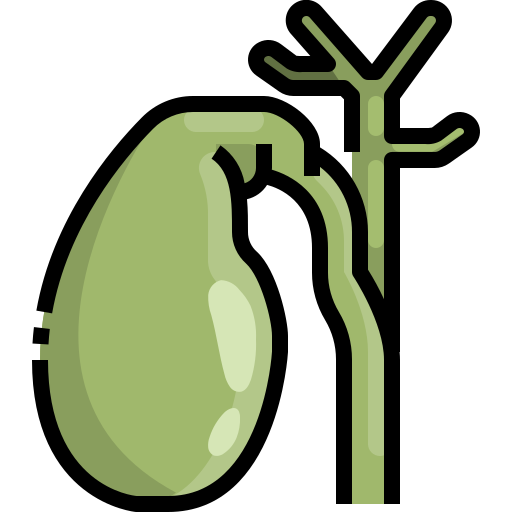

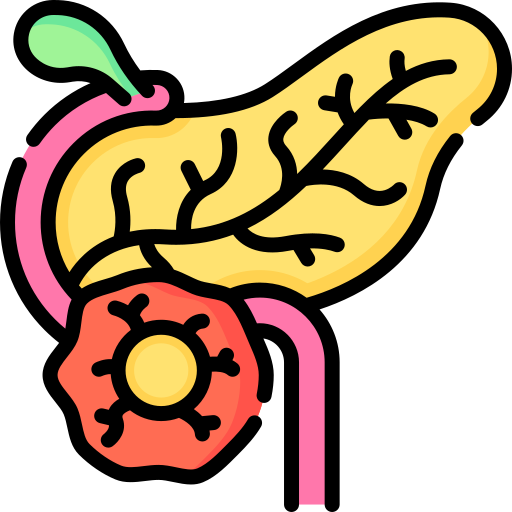
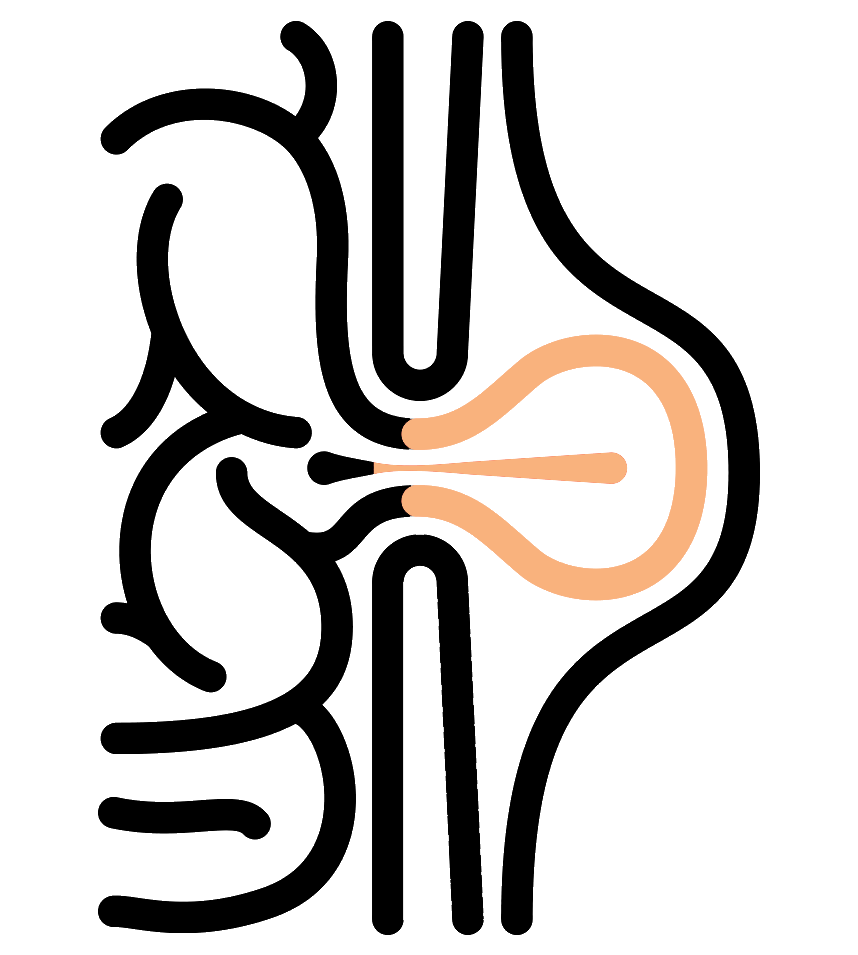

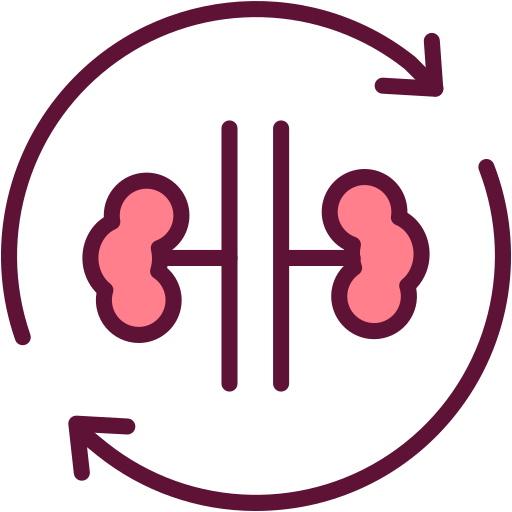
Where is dialysis done?
Dialysis can be done in a hospital, in a dialysis unit or at home.
Different types of dialysis?
There are two types of dialysis:
Haemodialysis and peritoneal dialysis.
What is haemodialysis?
In haemodialysis, a dialysis machine is used to remove waste and extra chemicals and fluid from your blood. To have haemodialysis a fistula is usually required. Each haemodialysis treatment lasts about four hours and is done 2-3 times per week.
What is peritoneal dialysis?
In this type of dialysis, your blood is cleaned inside your body. Our Surgeons will perform surgery to place a plastic tube called a catheter into your abdomen (belly) to make an access. During the treatment, your abdominal area (called the peritoneal cavity) is slowly filled with dialysate through the catheter. The blood stays in the arteries and veins that line your peritoneal cavity. Extra fluid and waste products are drawn out of your blood and into the dialysate. There are two major kinds of peritoneal dialysis – Continuous Ambulatory Peritoneal Dialysis (CAPD) and Automated Peritoneal Dialysis (APD).
Continuous Ambulatory Peritoneal Dialysis (CAPD) is the only type of peritoneal dialysis that is done without machines. You do this yourself, usually four or five times a day at home and/or at work. You put a bag of dialysate (about two quarts) into your peritoneal cavity through the catheter. The dialysate stays there for about four or five hours before it is drained back into the bag and thrown away. This is called an exchange. You use a new bag of dialysate each time you do an exchange. While the dialysate is in your peritoneal cavity, you can go about your usual activities at work, at school or at home.
Automated Peritoneal Dialysis (APD) usually is done at home using a special machine called a cycler. This is similar to CAPD except that a number of cycles (exchanges) occur. Each cycle usually lasts 1-1/2 hours and exchanges are done throughout the night while you sleep.
Your message has been sent successfully…
